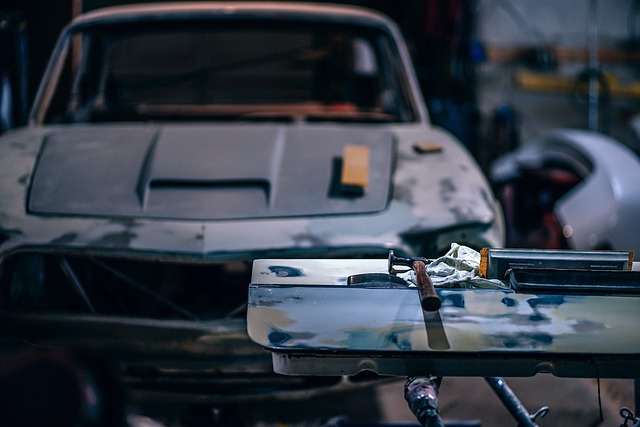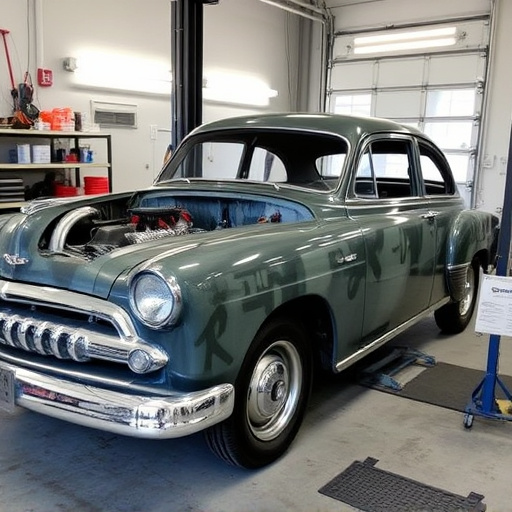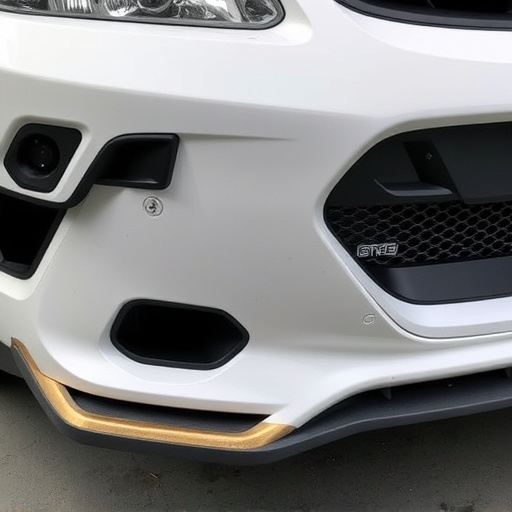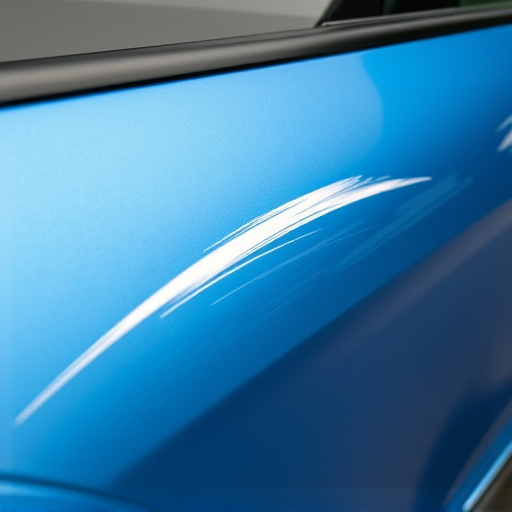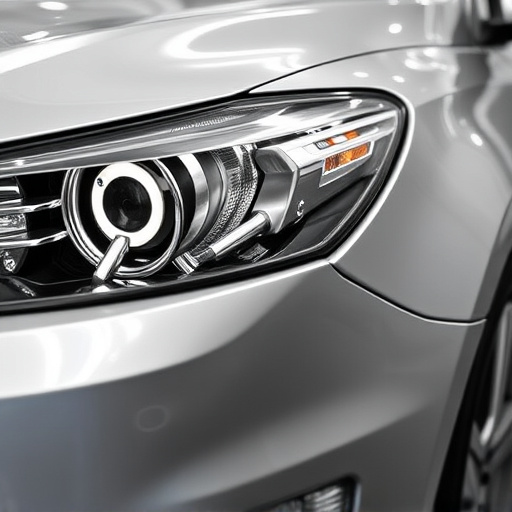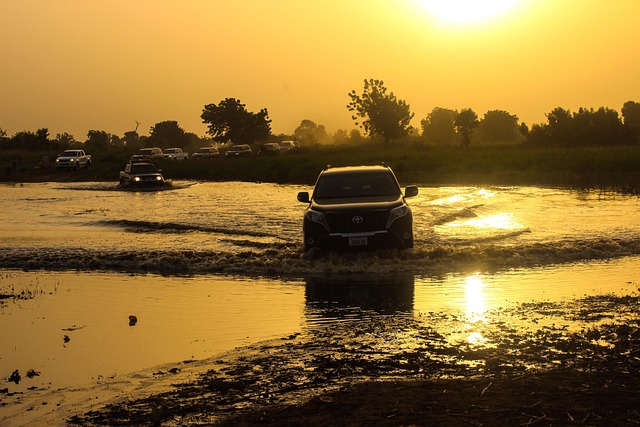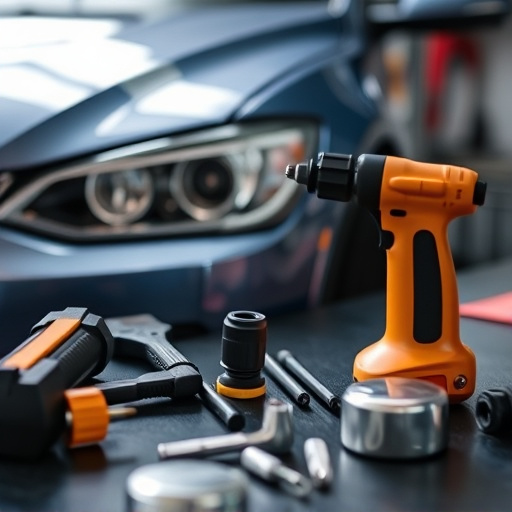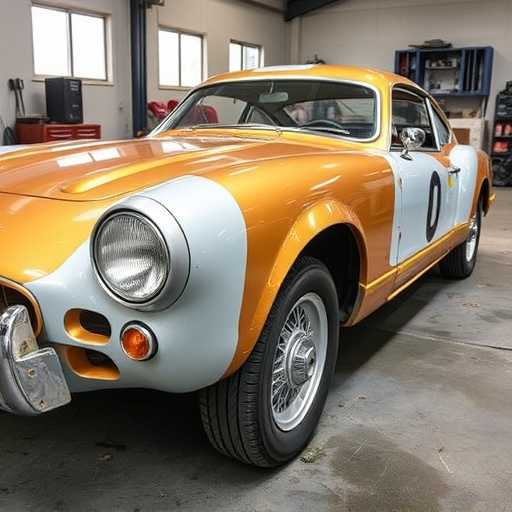After a parking barrier impact, assess Tesla Model S front end damage, including visible signs of dents, creases or cracks in paint on bumpers, fenders and surrounding panels. Disassemble components like wheel arch covers, bumper and grilles for thorough inspection. Replace and align damaged parts requiring specialized knowledge and tools, ensuring structural integrity and aesthetic restoration using advanced diagnostic and repair techniques.
When a Tesla Model S makes contact with a parking barrier, it can result in significant front end damage. This article guides you through the process of repairing your Tesla after such an incident. We’ll show you how to assess the damage, disassemble the front end, replace and align damaged components, ensuring your vehicle returns to its pristine condition. Learn the steps involved in a Tesla Model S front end repair and get ready to hit the road again safely and stylishly.
- Assessing Damage After Parking Barrier Impact
- Disassembling the Tesla Model S Front End
- Replacing and Aligning Damaged Components
Assessing Damage After Parking Barrier Impact
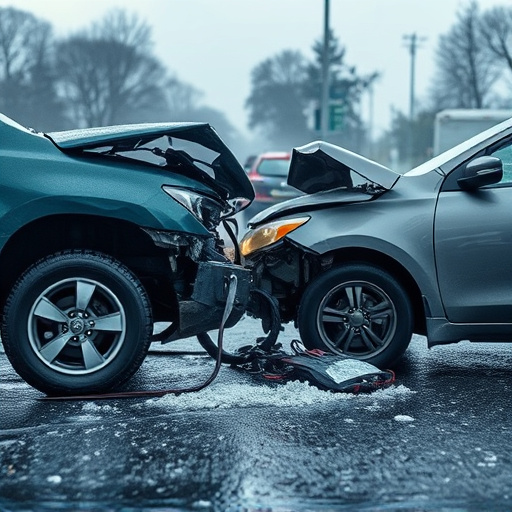
After a parking barrier impact, assessing the damage to your Tesla Model S is crucial before initiating any front end repair. The initial step involves carefully inspecting the vehicle’s exterior for visible signs of distress, such as dents, creases, or cracks in the car paint services. Even minor scratches can affect the overall aesthetic and may require auto painting to restore its seamless finish.
Look closely at the front bumper, fenders, and surrounding panels for any indications of misalignment or damage. If the impact caused significant deformity, it might necessitate professional body work and a more extensive Tesla Model S front end repair, including replacement parts and expert auto painting services to ensure a flawless finish once again.
Disassembling the Tesla Model S Front End
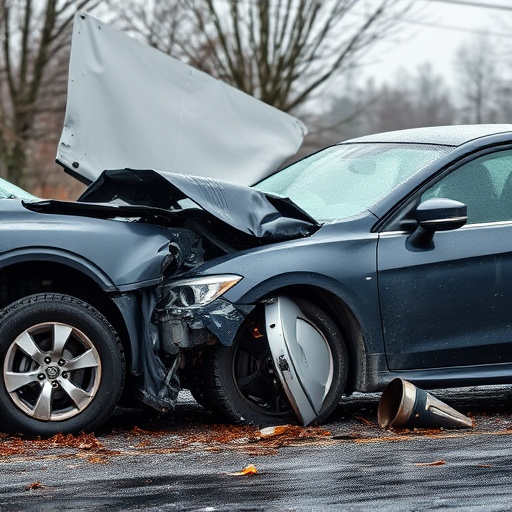
When undertaking a Tesla Model S front end repair following contact with a parking barrier, the first step is to carefully disassemble the front end components. This process requires a systematic approach to ensure each part is accessed and inspected properly. Start by removing the wheel arch covers, which are typically secured with screws or clips, providing easy access to the underlying structure. Next, gently separate the damaged parts from the vehicle, taking note of how they connect for later reassembly.
The disassembly process involves carefully detaching the front bumper, grilles, and any other surrounding panels to expose the critical components beneath. This step is where automotive repair services excel, as specialized tools and expertise are required to separate these parts without causing further damage. Remember, proper handling of these components is crucial for a seamless reinstallation and ensuring the vehicle’s structural integrity. Additionally, if there’s a dent or scratch from the impact, auto body services can offer advanced techniques like dent removal to restore the original shape of the front end.
Replacing and Aligning Damaged Components

When repairing a Tesla Model S after contact with a parking barrier, replacing and aligning damaged components is a meticulous process. The front end, composed of various intricate parts, requires specialized knowledge to ensure precision. Skilled technicians assess each component, from the bumper to the headlamps and fenders, identifying what needs replacement or realignment. This involves using advanced diagnostic tools to check for damage, as well as manual inspection to capture even the subtlest deformities.
Automotive restoration techniques are employed to restore these components to their original condition. Specialized equipment aligns the parts accurately, ensuring a seamless fit that maintains the vehicle’s aesthetic appeal and structural integrity. Vehicle repair services for the Tesla Model S go beyond mere replacement; they aim to revive the car to its pre-incident splendor, seamlessly integrating repairs into the vehicle’s existing design and functionality.
After carefully disassembling the Tesla Model S front end, replacing and aligning damaged components is the final step in a thorough repair process. This guide has outlined the necessary procedures for assessing damage after a parking barrier impact, demonstrating the importance of precision and attention to detail during the repair journey. By following these steps, you can ensure that your Tesla Model S regains its sleek and safe driving condition, showcasing the expertise involved in front end repairs specifically tailored to this advanced electric vehicle.

